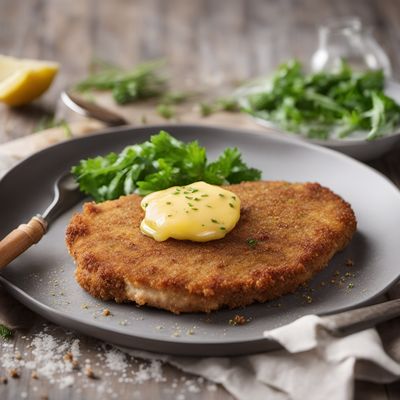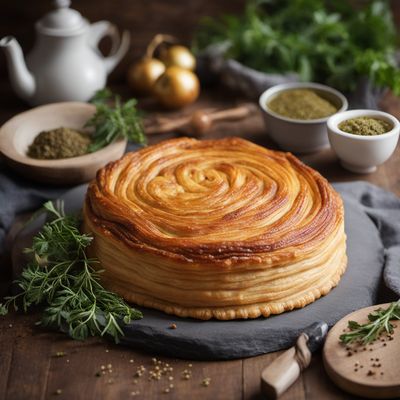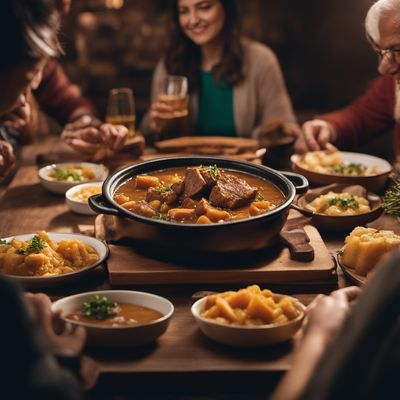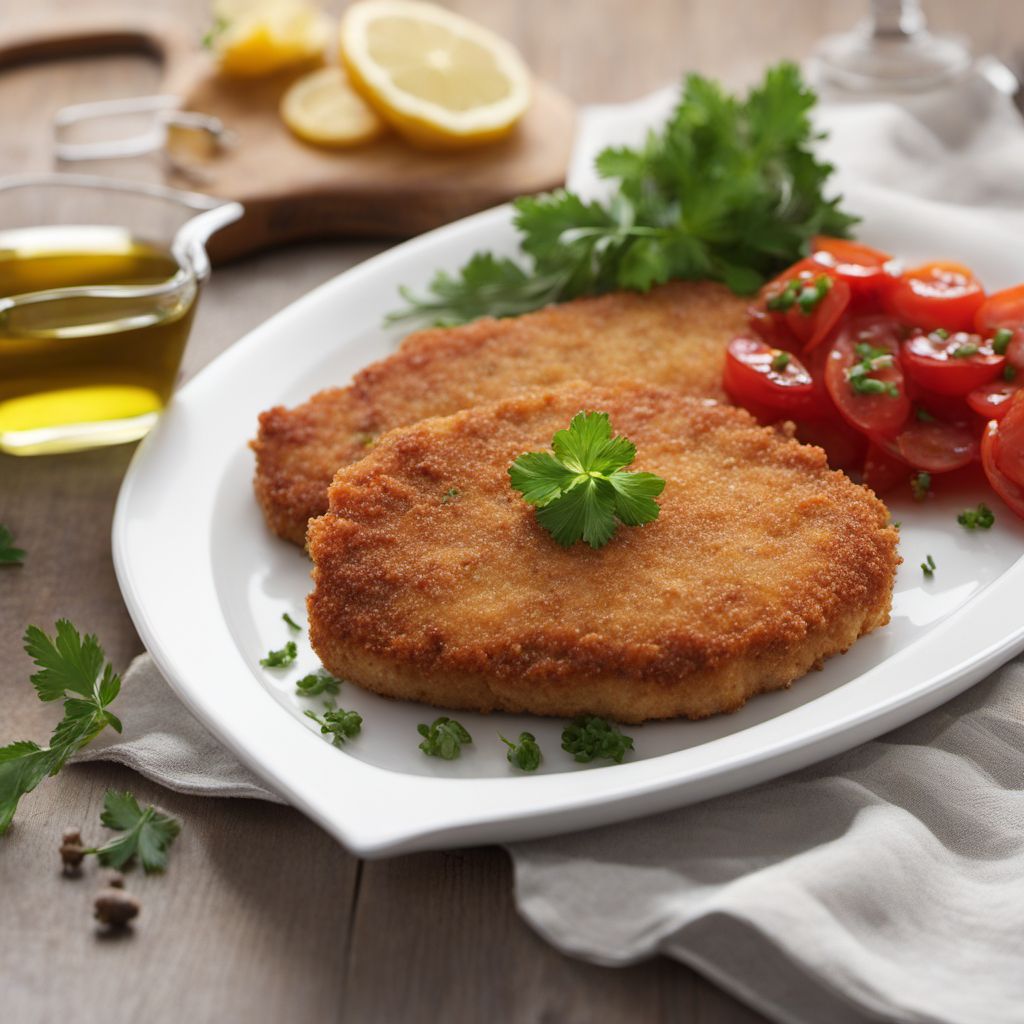
Recipe
Occitan-style Holstein Schnitzel
Savor the Flavors of Occitan with Holstein Schnitzel
4.8 out of 5
Indulge in the rich culinary heritage of Occitan cuisine with this delightful twist on the classic German dish, Schnitzel Holstein. This Occitan-style Holstein Schnitzel combines the crispy goodness of breaded meat with a sunny-side-up egg, anchovies, and capers, creating a harmonious blend of flavors.
Metadata
Preparation time
20 minutes
Cooking time
10 minutes
Total time
30 minutes
Yields
4 servings
Preparation difficulty
Medium
Suitable for
Omnivore, Low carb, High protein, Gluten-free (if using gluten-free breadcrumbs)
Allergens
Eggs, Wheat (if using regular breadcrumbs)
Not suitable for
Vegetarian, Vegan, Dairy-free
Ingredients
In this Occitan adaptation of Schnitzel Holstein, we incorporate the unique flavors and ingredients of Occitan cuisine. While the original German version typically uses veal or pork, we can adapt it to Occitan tastes by using locally sourced meats such as lamb or beef. Additionally, we enhance the dish with the addition of anchovies and capers, which are commonly used in Occitan cooking to add depth and complexity to dishes. We alse have the original recipe for Schnitzel Holstein, so you can check it out.
-
4 veal or pork cutlets (150g each) (5.3 oz) 4 veal or pork cutlets (150g each) (5.3 oz)
-
1/2 cup (60g) all-purpose flour 1/2 cup (60g) all-purpose flour
-
2 large eggs 2 large eggs
-
1 cup (100g) breadcrumbs 1 cup (100g) breadcrumbs
-
Salt and pepper, to taste Salt and pepper, to taste
-
4 tablespoons olive oil 4 tablespoons olive oil
-
4 large eggs 4 large eggs
-
4 anchovy fillets 4 anchovy fillets
-
2 tablespoons capers 2 tablespoons capers
-
Fresh parsley, for garnish Fresh parsley, for garnish
Nutrition
- Calories (kcal / KJ): 450 kcal / 1884 KJ
- Fat (total, saturated): 25g, 6g
- Carbohydrates (total, sugars): 20g, 1g
- Protein: 35g
- Fiber: 2g
- Salt: 2g
Preparation
-
1.Pound the veal or pork cutlets to a thickness of about 1/4 inch.
-
2.Season the cutlets with salt and pepper.
-
3.Place the flour, beaten eggs, and breadcrumbs in separate shallow bowls.
-
4.Dredge each cutlet in flour, dip it in beaten eggs, and coat it with breadcrumbs, pressing gently to adhere.
-
5.Heat the olive oil in a large skillet over medium heat.
-
6.Fry the breaded cutlets for about 3-4 minutes on each side until golden brown and cooked through.
-
7.In a separate pan, fry the eggs sunny-side-up.
-
8.Place each schnitzel on a plate, top with a fried egg, and garnish with anchovy fillets, capers, and fresh parsley.
Treat your ingredients with care...
- Veal or pork cutlets — For a tender and juicy schnitzel, make sure to pound the cutlets evenly to a uniform thickness before breading and frying.
- Anchovy fillets — If you prefer a milder anchovy flavor, you can rinse the fillets under cold water before using them in the dish.
Tips & Tricks
- To achieve a crispy schnitzel, make sure the oil is hot enough before adding the breaded cutlets.
- Serve the schnitzel immediately after frying to maintain its crispiness.
- If you prefer a milder flavor, you can reduce the amount of anchovies and capers used.
Serving advice
Serve Occitan-style Holstein Schnitzel with a side of roasted potatoes or a fresh green salad for a complete and satisfying meal.
Presentation advice
Arrange the schnitzel on a plate with the sunny-side-up egg on top, and garnish with anchovy fillets, capers, and a sprinkle of fresh parsley. The vibrant colors and contrasting textures will make the dish visually appealing.
More recipes...
For Schnitzel Holstein
For German cuisine » Browse all
More German cuisine dishes » Browse all

Fliederbeersuppe
Elderberry soup
Fliederbeersuppe is a traditional German soup made with elderberries and cream. It is a sweet and tangy soup that is perfect for cold winter days.
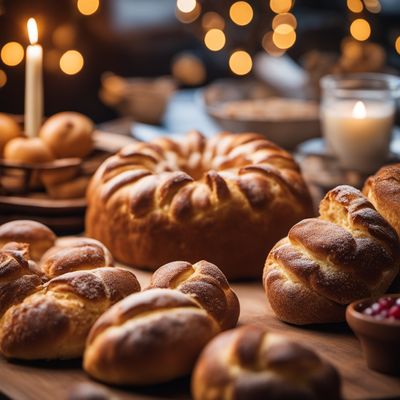
Hefekranz
Hefekranz is a traditional German sweet bread that is perfect for breakfast or as a snack. It is made with yeast, flour, sugar, butter, and eggs,...

Schwäbische Maultaschen
Swabian Maultaschen
Schwäbische Maultaschen is a traditional German dish that originated in the Swabia region of Germany. It is a hearty and flavorful pasta dish that...
